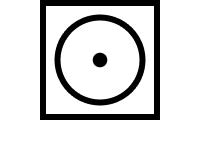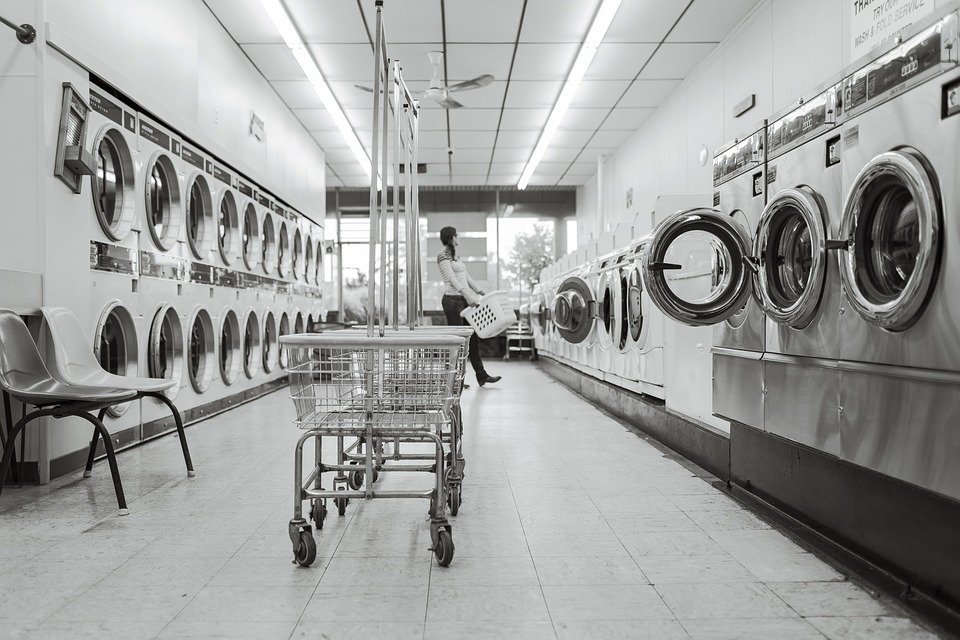Revolutionizing Laundry: The Game-Changing Benefits of Low Heat Drying
In the realm of industrial drying processes, the concept of low heat drying has gained significant attention due to its remarkable benefits. This article will delve into the various advantages of low heat drying, highlighting its efficacy, quality preservation, and overall efficiency. With a focus on providing valuable insights, this article aims to explain the fundamentals of low heat drying in an engaging and easy-to-understand manner.
What is Low Heat Drying?
Low heat drying is a method employed in the industrial sector to dry materials or products at a temperature significantly lower than conventional drying processes. By incorporating lower temperatures, this drying technique minimizes heat-related damage, improves energy efficiency, and preserves the quality of the dried materials. The utilization of advanced technology and precise control mechanisms enables manufacturers to achieve optimal drying results while reducing energy consumption and environmental impact.
What Are The Advantages of Low Heat Drying?
1. Enhanced Energy Efficiency
Low heat drying stands out for its superior energy efficiency compared to conventional high-temperature drying methods. By utilizing lower temperatures, this process reduces energy consumption significantly, translating into substantial cost savings for industrial facilities. The efficient use of energy not only benefits the environment but also contributes to the sustainability and profitability of businesses.
2. Quality Preservation
One of the foremost advantages of low heat drying is its ability to preserve the quality of dried materials. Heat-sensitive products, such as pharmaceuticals, food items, and delicate fabrics, can be easily damaged when subjected to high temperatures. Low heat drying mitigates this risk by drying materials gently, protecting their integrity, nutritional value, and overall quality. This ensures that the end products maintain their desired characteristics and meet stringent quality standards.
3. Reduced Processing Time
Contrary to the misconception that low heat drying is a time-consuming process, it can actually expedite drying times for certain materials. By utilizing advanced technology and optimized drying parameters, manufacturers can achieve rapid and efficient drying without compromising product quality. This not only maximizes productivity and output but also allows businesses to meet tight deadlines and customer demands.
4. Environmentally Friendly
In an era where sustainability and environmental responsibility are paramount, low heat drying offers an eco-friendly alternative to conventional drying methods. By reducing energy consumption and greenhouse gas emissions, industries can significantly contribute to a greener future. Additionally, the precise temperature control inherent in low heat drying reduces the risk of volatile organic compounds (VOCs) being released into the atmosphere, ensuring a healthier and safer working environment.
5. Versatility and Adaptability
Low heat drying is a versatile technique that can be applied to a wide range of materials across various industries. Whether it’s drying food products, pharmaceuticals, textiles, or even intricate electronic components, low heat drying offers a flexible solution. The ability to fine-tune drying conditions, such as airflow and humidity levels, makes it adaptable to different products, ensuring optimal drying results regardless of the material being processed.

Frequently Asked Questions (FAQs) About Low Heat Drying
Now, let’s address some common questions related to low heat drying:
Can low heat drying be used for delicate fabrics?
Yes, low heat drying is ideal for drying delicate fabrics. Its gentle drying process minimizes the risk of damage, ensuring that delicate fabrics maintain their softness, texture, and color vibrancy.
Is low heat drying suitable for food products?
Absolutely! Low heat drying is widely used in the food industry due to its ability to preserve the nutritional value, taste, and appearance of food products. It ensures that the dried food maintains its quality and extends its shelf life.
Does low heat drying require longer drying times?
Contrary to popular belief, low heat drying can actually reduce drying times for certain materials. The optimization of drying parameters and advanced technology enables rapid and efficient drying without compromising product quality.
Is low heat drying energy efficient?
Indeed, low heat drying is recognized for its exceptional energy efficiency. By utilizing lower temperatures, it significantly reduces energy consumption, resulting in cost savings for industrial facilities while promoting environmental sustainability.
Can low heat drying be utilized for pharmaceutical products?
Certainly! Low heat drying is widely utilized in the pharmaceutical industry to ensure the stability and efficacy of medicinal products. Its gentle drying process minimizes the risk of degradation, preserving the potency and quality of pharmaceuticals.
Conclusion
Low heat drying offers numerous advantages over conventional drying methods. Its enhanced energy efficiency, quality preservation, reduced processing time, environmental friendliness, and versatility make it an attractive option for industries across various sectors. By embracing this innovative technique, manufacturers can optimize their drying processes, reduce costs, and contribute to a more sustainable future.







